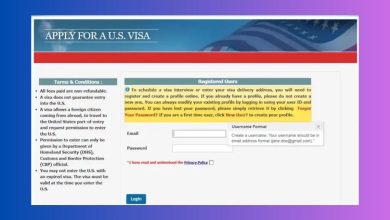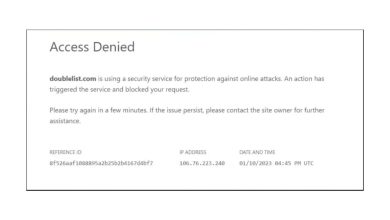What are the benefits of using social media analytics tools?

In today’s digital-first world, businesses rely heavily on social media to connect with their audience, build brand awareness, and drive sales. However, simply being present on platforms like Facebook, Instagram, Twitter, and LinkedIn is not enough. To get the most out of social media efforts, companies must understand how their content is performing. This is where social media analytics tools come into play—powerful platforms that help decode the vast sea of data generated online every second.
These tools track, analyze, and present key metrics such as engagements, reach, conversions, and audience demographics. Armed with this data, marketers can make informed decisions that empower their strategies and maximize ROI.
Key Benefits of Using Social Media Analytics Tools
Using analytics tools doesn’t just help you understand what’s working; it gives your brand a competitive edge in a crowded marketplace. Here are some of the top advantages:
1. Understand Your Audience More Deeply
Social media analytics tools allow businesses to go beyond superficial metrics like likes and retweets. They offer in-depth insights into audience behavior, preferences, and demographics. This enables marketers to tailor content that resonates with their target audience and build meaningful connections.
[ai-img]social media, data, audience analytics[/ai-img]For example, if the data shows that your posts perform better in the evenings or that video content garners more engagement than static images, you can adapt your strategy accordingly for optimal impact.
2. Track Your Brand’s Performance in Real-Time
One of the standout features of social media analytics tools is the ability to monitor your brand’s performance as it happens. Real-time data tracking means you don’t have to wait days or weeks to understand the effectiveness of a campaign. This agility allows for quick adjustments, leading to better outcomes.
Brands can leverage this feature during product launches, public relations crises, or flash sales to measure traction and respond swiftly.
3. Benchmark Against Competitors
Knowing how your brand stacks up against competitors is critical. Many analytics platforms allow you to compare your performance with industry leaders or rival businesses. This benchmarking reveals gaps in your strategy and identifies areas of opportunity.
It also lets you learn from competitors’ successes—or failures—so you can avoid mistakes and capitalize on trending strategies.
4. Improve Content Strategy
Gone are the days of blindly posting content and hoping it performs well. With analytics tools, every post can be evaluated for its effectiveness. These platforms help you identify top-performing content, hashtags, and formats.
Once you understand what types of content your audience responds to most, you can replicate successful elements and continuously refine your strategy. This leads to consistent growth in engagement and audience loyalty.
[ai-img]content strategy, social media posts, analytics dashboard[/ai-img]5. Optimize Advertising Campaigns
Paid social media campaigns can eat up marketing budgets quickly. Analytics tools allow you to monitor key performance indicators (KPIs) such as click-through rates, cost-per-click, and conversion rates. This helps ensure that your ad spend is yielding the best possible results.
More importantly, these insights can be used to A/B test different versions of ads, adjusting targeting parameters and creative elements based on actual user data to boost campaign effectiveness.
6. Prove ROI to Stakeholders
Executives and stakeholders want to see the numbers, and generic engagement stats won’t cut it. Social media analytics tools provide detailed reports and visual dashboards that showcase campaign performance, audience growth, conversion rates, and revenue generation.
This makes it easier to quantify your social media return on investment and justify current or increased budgets for future initiatives.
7. Predict Future Trends
Another cutting-edge benefit of advanced social media analytics tools is the ability to forecast trends. Through machine learning and trend analysis, many tools identify emerging patterns before they become mainstream.
Early access to trend data gives brands a first-mover advantage, allowing them to be part of the conversation before their competitors.
Conclusion
In a digital landscape flooded with content, standing out is more challenging than ever. Social media analytics tools provide the clarity and precision needed to navigate this environment effectively. They help businesses track performance, understand audiences, fine-tune content strategies, and ultimately achieve measurable results.
Whether you’re a small business trying to grow your presence or a large corporation optimizing massive campaigns, leveraging data-driven insights is non-negotiable. With the right tools in hand, your brand can not only survive but thrive in the fast-paced world of social media.



